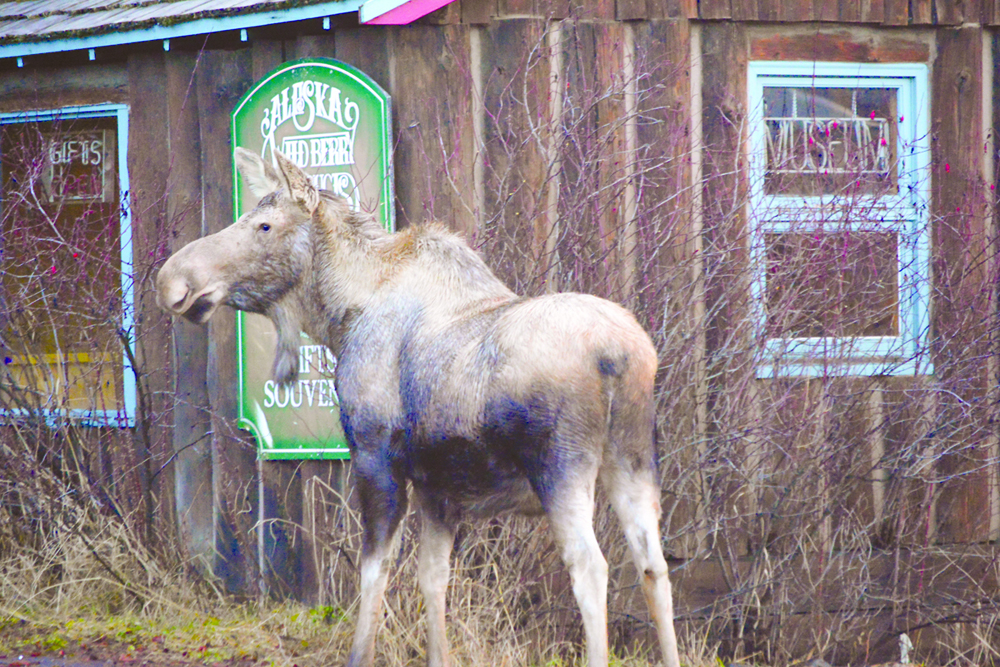This column is being written on Super Bowl Sunday. Taking into consideration that it would be impossible for me to care less about football I decided to address the mock orange that has graced the west corner of the house for about 15 years. I have yet to prune it. The other two have been pruned but this particular one of the trio is so magnificent that I have had pruning fear. Until last year. It did not bloom with gusto. This is a clear indication that something needed to be done. Also, the inside of the shrub was mostly dead wood.
So, armed with loppers, pruning shears, a saw and a pounding heart I went forth and pruned. This truly magnificent shrub will either thank me or hate me. Time will tell.
Take advantage of this mild winter to assess your shrubs. The red twig dogwoods are what got me started on serious pruning. I had neglected them forever until a friend pointed out that the twigs were no longer red and a good pruning would restore the color. Three truck loads later and holding my breath they came on in the spring like nothing had ever happened to them, except they were very very red. Success.
And there is nothing like success to bolster one’s confidence. Hence the pruning of the truly-magnificent-mock orange.
Any shrub that blooms on new growth in the spring is fair game for pruning now while we don’t have snow up to our knees (or wherever) and you can move around with ease. You are looking for old canes, those that are grey or rough looking. You’ll be able to tell the difference between a new and an old cane, really you will. If you can manage it, cut the old canes all the way to the ground. Don’t just cut the edges of the plant, this will ensure an unsightly clutch of branches at the end of the branch.
Lilacs should be pruned right after they bloom. Keep in mind that you take the branch down to the ground. Let the suckers take over.
Wait on the roses. There is still plenty of winter ahead of us. There could be damage such as winter kill or broken branches. Roses are prone to these experiences. There will be enough time to address that come spring.
Take a look around, appreciate the color of the Theresa Bugnet and rosa glauca rose canes, the red twig dogwoods. If you don’t have any of these think about them, add them to your landscape. Think about what you want to look at and from which window. Really. Just think.
But actually, I just needed to get out in the garden. I have been pacing around in it all snowless winter, checking on perennials. They are all tucked in under spruce boughs and I questioned that move, thinking that rodents were finding a cozy winter home and eating the crowns of the plants to boot. Rodents. Fortunately this has not been the case, so far.
But, and here comes a big but, almost everything has broken dormancy. Here is a partial list: peonies, bleeding heart, clematis alpina, sorrel (we are eating it), garlic and all the other bulbs. The primula vulgaris is sporting fat buds. The pansies look sprightly. Good grief.
Now is a good time to check out your stored crops. If your potatoes are sprouting they are stored in too warm a location. If you don’t have a cooler spot, plant less this coming season. There is nothing worse than composting potatoes (or anything else) that you have taken the time and energy to grow. Plant less.
Check out the seed racks that are appearing here and there. You can find everything you need right here. I know, the siren call of seed catalogs is powerful. If you succumb, be sure to check the postage required to get your order here. You may have second thoughts.
While selecting seeds, think long and hard about what you are going to actually eat and how much of it. Let the high tunnel people feed the town, you don’t have to. You want a manageable garden. A garden that will produce a lovely harvest, offer beautiful color and make your heart sing.
This is only February. There may be lots of time before we actually plant in mid-May but use that time to get organized. To think about what you want and where you want it. Plan. Think.
Rosemary Fitzpatrick is a longtime Homer gardener. She has been writing Kachemak Gardener since 1990.


